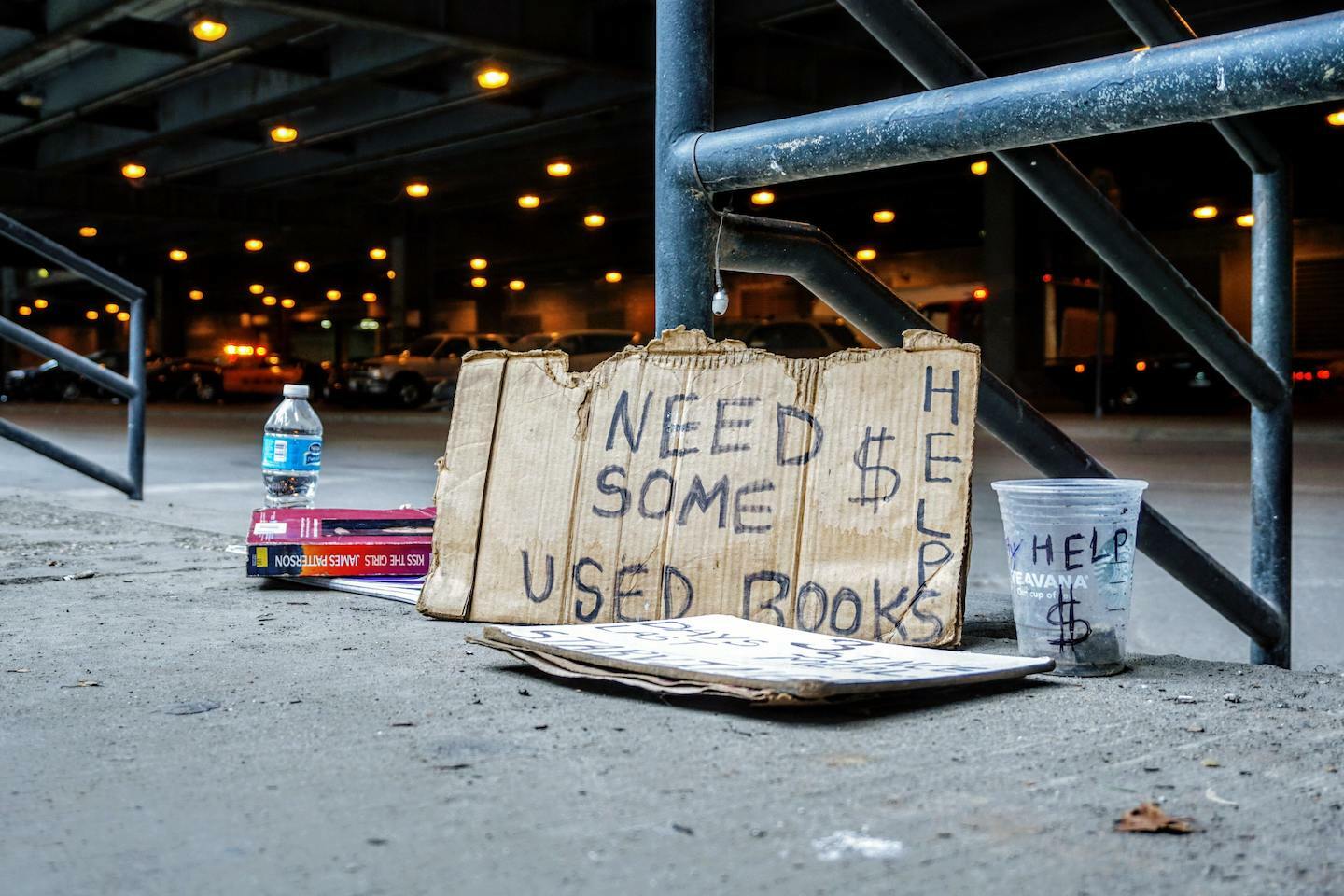
On April 14th, Marin Hambley led our Community Engagement Workshop on Homelessness and Harm Reduction. She is a member of the Northern Valley Harm Reduction Coalition. Homelessness in Butte County has seen an increase in the past few years and there are many barriers for this population to get the help they need. Low barrier shelters and practicing harm reduction are some of the most effective ways to solve this issue. This workshop gave some helpful information about what that looks like and how to help during our current crisis!
Homelessness in Butte County
Butte County has officially declared a housing crisis, and a “point in time count” was conducted to assess our current situation. As of 2019, the estimated homeless population in Butte County reached about 900 individuals. This number has increased significantly due to the Campfire in 2018, a cause of many lives and homes lost. The crisis surrounding COVID-19 pandemic puts the homeless population at a very high risk for contracting the virus, which is why it is important for community support to strengthen and increase homeless aid outreach.
Effective Support and Harm Reduction
Effective emergency sheltering is a process that works to meet the various needs of an individual experiencing homelessness before they transition into permanent housing.
There are 5 keys to effective emergency sheltering
- Housing First Approach: Getting on your feet is more accessible when basic needs are met and you know where you’ll be sleeping at night.
- Safe and Appropriate Diversion: Diversion services based on communication with this population to offer the most effective transitional housing alternatives
- Immediate and Low Barrier Access:
- Immediate: Shelters open 24 hours, low restrictions for those accessing shelters
- Low barrier shelters: No strict shelter requirements (such as requiring sobriety) that can leave many unhoused
- Rapid Exit Services: Support to eventually move out of temporary housing
- Data to Measure Performance: Evaluating how efforts are helping so we can move in the right direction
Harm Reduction is understanding the people we are supporting to reduce the risk of harm they engage in and design person-centered services that better help each unique individual. This workshop explores concepts on how striving for harm reduction means trying to understand why a person is in the position that they are in- sometimes meaning changing our approaches and mindsets! For example, before attempting to volunteer for someone with drug addiction it is important to try to understand why they could be using drugs based on their background (such as trauma), and especially realizing how hard it is to stop addiction and regather from an addiction. Non-judgemental support will help this population be more willing to access the help they may need.
Some harm reducing practices are:
- Health and Dignity - Letting a person decide what that means for them, and how to best respect them while still trying to help with housing
- Participant involvement - Giving the participants a voice in the services offered
- Participant Autonomy - Being supportive without dragging someone along. Marin pointed out that as volunteers, sometimes we get too involved and think of helping as something we are both doing. We should recognize that each individual has the primary agents of change in their own lives.
- Sociocultural Factors - Recognizing unique barriers (race, gender, family life, etc.)
- Pragmatic and Realistic - Not minimizing the potential effects of drugs and risky behaviors. And providing realistic solutions that make sense.
How to Help During the COVID-19 Crisis
The Safe Space winter shelter in Chico is open! They offer 2 meals a day and free COVID-19 testing for people who need them. Volunteers can help provide meals to this shelter (sandwiches, granola bars, fruit snacks, etc.). This shelter is run by Northern Valley Harm Reduction. They are a community group in Chico providing a variety of participant-based services such as free overdose reversal drugs, syringe disposal, comprehensive harm reduction services, and more.
To learn more about this population and how to help, you can watch the workshop on Blackboard Learn under “Community Engagement Workshops & Reflection Papers”. Marin does a great job at explaining the issues at hand and the best ways to help during this time.

If you are looking to get involved contact nvharmreduction@gmail.com or marin@stonewallchico.org for more information about helping with Northern Valley Harm Reduction if you are in Chico. If you are not local, they can still connect you to a hotline that provides meals and services to those in need, and you can help take the calls that come in.




